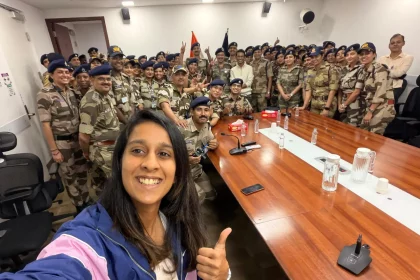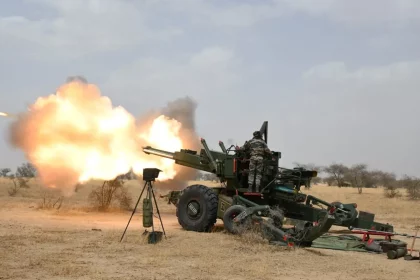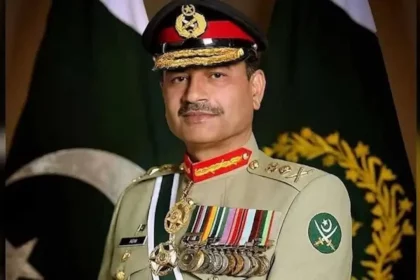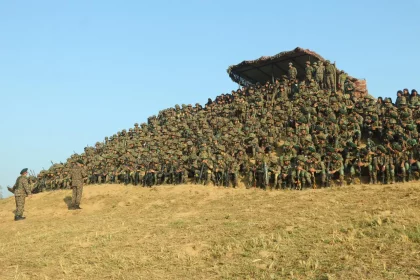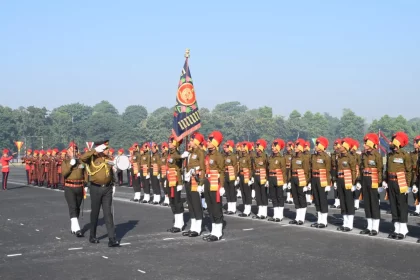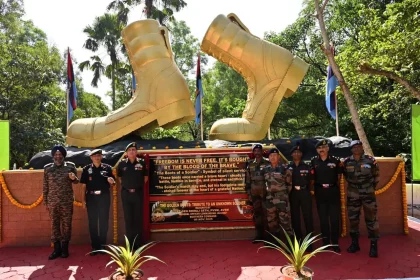CISF Felicitates Star Cricketer Jemimah Rodrigues for World Cup Triumph
Interaction with CISF personnel celebrates her inspiring journey and message of perseverance and teamwork.
Southern Command Demonstrates Tri-Service Integration and Multi-Domain Readiness During Exercise TRISHUL
Joint training reinforces JAI — Jointness, Atmanirbharta, and Innovation in action.
Asim Munir’s Musharraf-Style Power Path: How Pakistan’s 27th Amendment Could Reshape Its Democracy?
A proposed constitutional amendment could cement the Pakistan Army’s grip on power and redefine the nation’s civil-military balance.
Lt Gen Manoj Kumar Katiyar Reviews Operational Preparedness Across Command Theatre; Lauds Vajra Corps for ‘Future-Ready’ Capabilities
Army Commander emphasises offensive mindset, innovation, and adaptability as pillars of a future-ready Indian Army.
Lt Gen Anindya Sengupta Leads Wreath-Laying Ceremony at Bengal Engineer Group & Centre, Roorkee on 223rd Group Day
Central Army Commander honours Bengal Sappers’ legacy of courage and service; emotional reunion unites generations of soldiers and veterans.
Lt Gen Dhiraj Seth Visits DSC Centre Kannur, Inaugurates ‘Golden Boots’ Memorial and ECHS Polyclinic at Iritty
Southern Army Commander lauds HADR efforts, strengthens civil-military coordination, and reaffirms commitment to veteran welfare in North Kerala.

